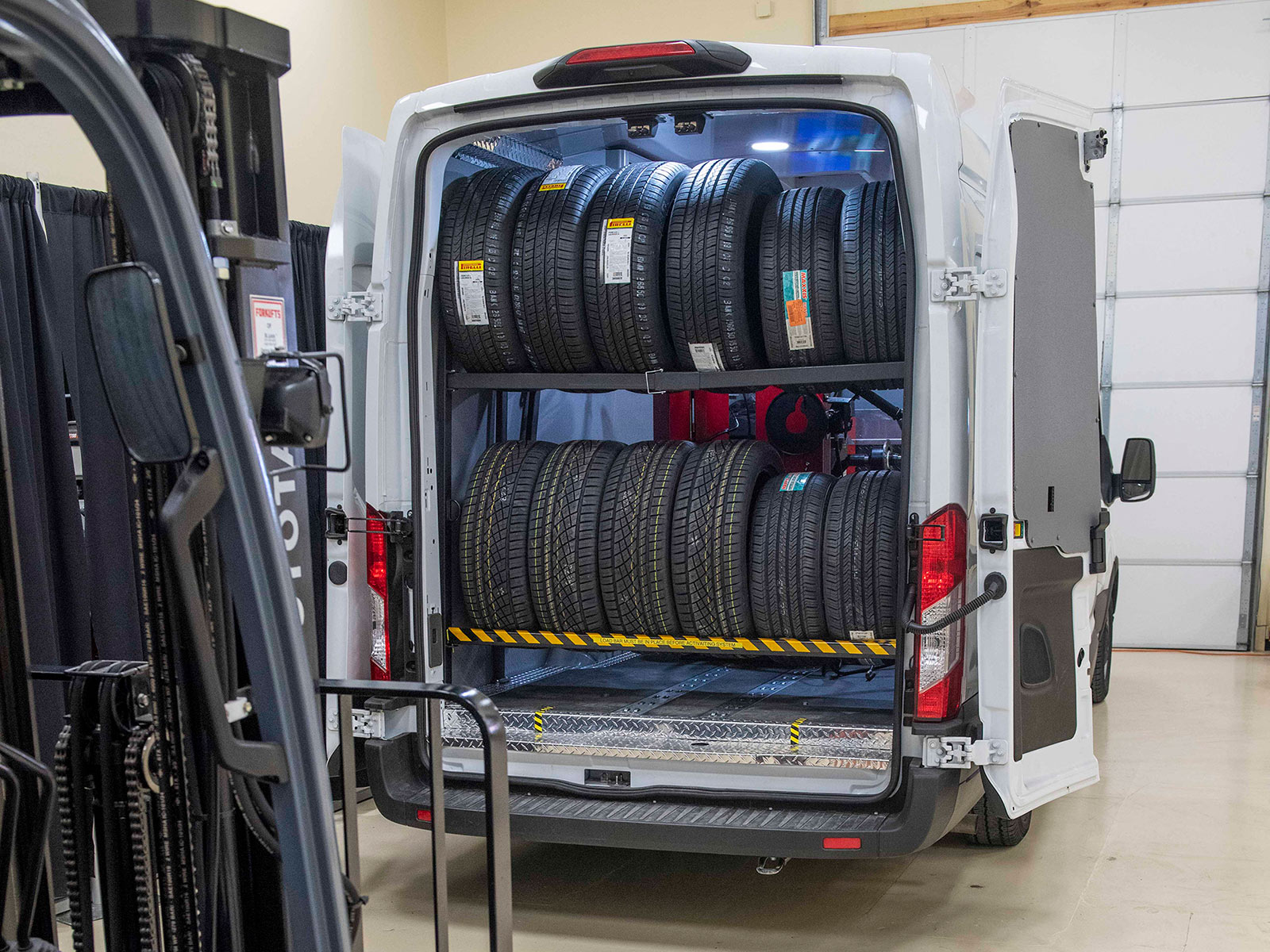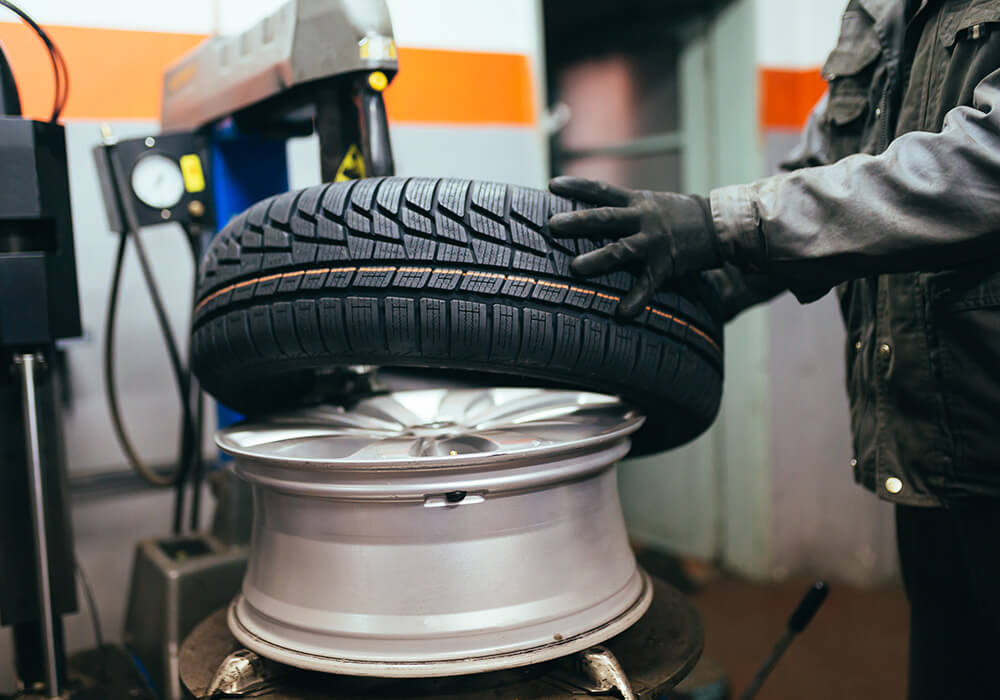Tire Solution: The Impact of Weather Condition Conditions
When it involves ensuring optimum performance and safety and security when driving, understanding the impact of weather condition problems on tire solution is critical. From scorching warm to icy roadways, each climate component can considerably influence tire performance and general driving experience. By delving right into the results of varying weather on tires, motorists can obtain important understandings that may improve their lorry's efficiency and durability. In this conversation, we will explore the detailed partnership between weather and tire service, losing light on the significance of weather-specific tire maintenance methods and considerations.
Heat and Tire Efficiency
When subjected to high temperatures, tires experience modifications in efficiency that can substantially affect automobile safety and handling. The warm produced from extended driving or warm weather condition conditions creates the tire rubber to soften, leading to lowered step life and enhanced wear.

Cold Weather Condition Effects
Cold climate problems can have a considerable impact on tire efficiency and safety. As temperatures decline, tire rubber can harden, resulting in decreased traction on icy or snow-covered roads. In chilly weather condition, tires may additionally lose air stress a lot more quickly, which can influence managing and gas effectiveness. In addition, chilly temperatures can create tire sidewalls to stiffen, boosting the threat of damage from craters or other roadway risks.
To reduce the results of winter on tires, it is crucial to consistently examine tire stress and inflate them to the supplier's advised degrees. Using winter months or all-season tires created for winter conditions can likewise boost traction and grip on icy or snowy roads. Proper tire maintenance, consisting of normal evaluations for wear and damages, comes to be also more critical during cooler months to ensure optimal performance and security.
Rainy Conditions Impact
Tires with worn-out treads are extra vulnerable to hydroplaning, where a layer of water constructs up in between the tire and the road surface area, leading to loss of grip. To battle this, motorists should routinely evaluate their tires for appropriate step depth and take into consideration spending in tires especially designed for wet conditions.
Moreover, stormy climate can additionally decrease presence, making it testing for chauffeurs to see the roadway in advance clearly (GMC Tire Service). In such conditions, it is necessary to change driving speeds as necessary and keep a safe complying with distance to permit sudden stops. Correctly inflated tires see it here can likewise assist in preserving control on wet roadways by giving much better handling and grip
Snow and Tire Safety And Security
Snow-covered roads present unique challenges for chauffeurs, emphasizing the importance of proper tire choice and maintenance. When driving in snowy problems, having the best tires can make a substantial distinction in security and efficiency. Winter season tires are developed with unique rubber substances and tread patterns to provide much better traction on snow and ice compared to all-season tires. The deeper footsteps and sipes of winter tires assist grasp the road better, lowering the threat of moving and sliding.

In addition, chauffeurs ought to think about setting up tire chains in extreme snowy problems. Tire chains supply added grip by grasping the snow and ice, enhancing security and control. It is essential to follow manufacturer directions when mounting and making use of tire chains to protect against damage to the tires and vehicle (GMC Tire Service). By selecting the ideal tires, maintaining appropriate rising cost of living, and taking into consideration additional grip aids like tire chains, drivers can boost their safety and security when browsing snow-covered roads.
Weather-Related Tire Upkeep
Weather-related home tire maintenance encompasses an array of methods aimed at making certain ideal tire function and long life in various climate situations. One essential element of weather-related tire maintenance is tire stress guideline. Checking tire step frequently and replacing tires when walk wear reaches a certain depth is visite site important for maintaining grip and stability in damaging weather.
Conclusion
In verdict, climate problems have a substantial effect on tire efficiency and safety and security. From warmth affecting tire stress and use to winter decreasing traction, it is vital to take into consideration the weather condition when preserving and utilizing tires. Wet conditions can reduce grasp and result in hydroplaning, while snow can boost the risk of accidents if tires are not effectively equipped. Weather-related tire maintenance is essential in making certain optimum performance and security when driving.
In this conversation, we will explore the elaborate relationship between weather condition conditions and tire service, dropping light on the value of weather-specific tire upkeep methods and factors to consider.
